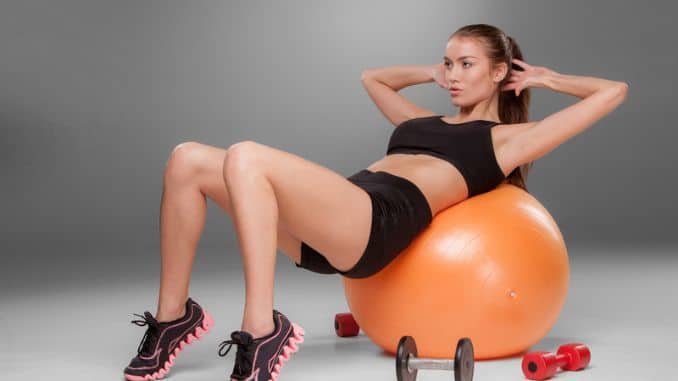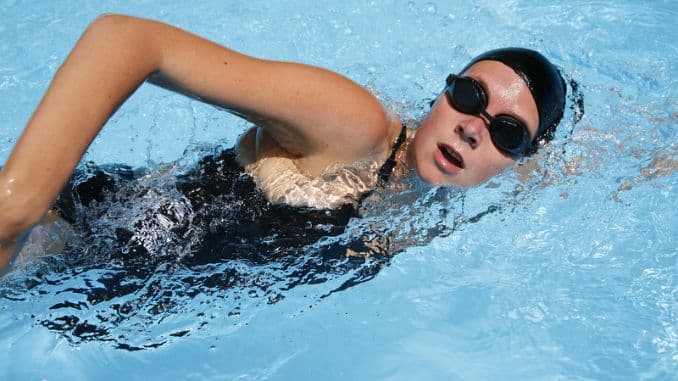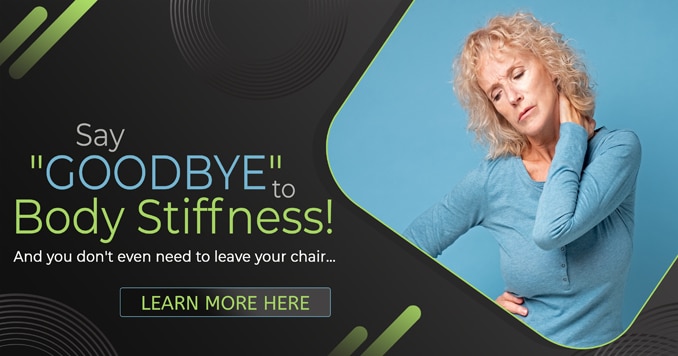
Ehlers-Danlos syndrome (EDS) is a group of disorders that affect connective tissues supporting the skin, bones, blood vessels, and many other organs and tissues. EDS is characterized by an extensive range of joint movements (hypermobility), a hallmark feature of the hypermobile type. Then it would be best if you did EDS exercises. In simplest terms, the glue that holds our bodies together doesn’t work correctly.
Many people with Ehlers-Danlos syndrome have soft, velvety, highly stretchy (elastic), and fragile skin. Affected individuals tend to bruise easily, and some conditions cause abnormal scarring. People with classical Ehlers-Danlos syndrome experience wounds that split open with minor bleeding and leave scars that widen over time to create characteristic “cigarette paper” scars.
On the one hand, you have to do it: EDS exercises are the best treatment people with EDS have for an otherwise untreatable condition. On the other hand, people with EDS must be very careful about which EDS exercises they participate in to avoid injury and often experience pain during the workout.
This means that EDS exercises that focus on stretching are only sometimes advisable because hypermobile folks are predisposed to sprains, dislocations,s, and osteoarthritis, among other things.
Because of the generally greater degree of laxity in the joints, active stability becomes very important. Stretching is not a good idea for people with this condition. As much as it feels good, stretching decreases tension in tight tissues–specifically, muscles–and with stretchier ligaments, chances are you’ll end up stretching them instead of your muscles. Stretching—whether you’re hypermobile or not—generally does not help with this. This program is all about static and dynamic stretching of hip flexor muscles. Doing this program might stretch not your hip flexors but the ligaments of your hip, and it may cause more harm than good.
How to know if you are Hypermobile
The Beighton Hypermobility Test is a series of five tests whose cumulative result provides a reliable indicator of a person’s degree of general hypermobility.
One point is assigned for the ability to accomplish each of the following movements (with the maximum score being nine):
1. Easily bend your small finger back further than 90 degrees – 1 point on each side (left pinky/right pinky)
2. Easily bend your thumb forward to touch your forearm – 1 point on each side (left thumb/right thumb)
3. Hyper-extending your elbows, that is, bending them beyond a straight line (1 point per elbow)
4. Hyper-extending your knees, that is, bending them beyond a straight line (1 point per knee)
5. Easily put your palms flat on the floor without bending your knees (1 point)
The higher your score (think >5), the more general hypermobility you have.
If you are hypermobile, the priority is to make sure you can stabilize the joint—in both static positions and dynamically.
DOs if you have EDS:
Exercise regularly: If you have EDS, the connective tissue in your tendons and ligaments may be compromised. Everyone knows that EDS exercises are good for you but think of them as daily medicine if you have EDS. Strong muscles can help pick up some slack, stabilize and secure your joints, and reduce chronic pain.
1. Aerobic
This exercise pumps the heart and lungs and transfers oxygen to the muscles. We generally achieve this training form by employing treadmills, walking, exercise bikes, and cross-trainers. Going up and down stairs if you can is another way.
2. Water Exercises
Even people without hypermobility rave about swimming as an alternative to running. It gives an entire body workout without stressing out your joints. The pool is an excellent place to work out if your joints are already a little wiggly. With that said, specific strokes should be treated with more caution– for example, a Butterfly can be more challenging on your shoulders. If swimming isn’t right, check out water resistance exercises and aquatic therapy. Strength training in the water helps build your muscles without the same gravity complications you might experience on land.
3. Strength
This exercise enhances muscles, ligaments, tendons, and bones. Being stronger reduces the risk of injuries and supports your joints. Having strength offers you a greater capacity to undertake physical and functional tasks.
Free weights: Stabilizers are the deep muscles people often forget about, like the tiny muscles along your spine– but if you have hypermobile joints, their importance can’t be overstated. These muscles are less involved with noticeable movement and more with keeping your joints stable. Working out with free weights strengthens stabilizer muscles in a way that machines, which often only have your forces move on one axis, don’t. The downside of free weights is that their lack of rules gives you more room to make mistakes, so it’s best to start light and to work with someone who understands your condition to do this safely.
Some examples include strengthening your legs simply by doing sit-to-stands from a chair, looping a resistance band around the back leg of a chair that you are sitting on, pulling it forward and placing your foot in it, then straightening out your knee. Strengthen your shoulders by holding a small dumbbell and raising your arms to the side (be careful if you are prone to subluxations/dislocations). Strengthen arms with bicep curls holding a tin of beans or a carrier bag with stuff.
4. Flexibility
Despite being hypermobile, parts of you can still get stiff. Stiffness can be a common complaint. Global muscles can often overwork and tire, causing aches and muscle spasms. Stiffness can occur through pain and disuse, so maintaining flexibility can be beneficial. Parts of our body can often stiffen up if we keep static postures for long periods of the day. Think how long you sit, stand, or lie in one position throughout the day. This is why it is essential to change position regularly.
Yoga is possible for EDS and can be genuinely beneficial, but find a good teacher and please take care not to overstretch into hyperextension.
5. Proprioception/balance
Proprioception is the body’s ability to sense position and movement within joints. It lets us know where our limbs are ‘in space’ without us looking. It relates to coordination. Impaired joint position sense can cause joints to slip out of place. In general, the better your proprioception, the better your stability.
Tai Chi – an excellent form of exercise comprised of slow, controlled movements. Good for balance and stability.
Standing balance exercises can range from standing with feet together, trying this with eyes closed, single-leg standing, or standing on a wobble board. If you’re courageous, you could try throwing and catching a ball while standing on a wobble board or even mini squats.
DON’Ts if you have EDS:
1. Pain
People with EDS can have decreased tolerance to exercise. This is because EDS exercises frequently induce and increase pain. Though working out with EDS may hurt, patients are encouraged to endure some pain. It might be difficult, but ultimately, strengthening your muscles will reduce chronic pain in the long run. Listen to your body and respect your limits– you may want to work with a physical therapist to differentiate good and bad pain better– but understand that pain will probably be part of the process.
2. Contact sports
Avoid tackling severe injuries like basketball, football, hockey, rugby, etc. You’re especially vulnerable to these risks and may have more difficulty healing.
3. Distance running
This is one of the less joint-friendly cardio options. Before engaging yourself in this form of EDS exercise, consult your doctor.
Outlook
There is no cure for Ehlers-Danlos syndrome, but proper treatment and management can help you manage your symptoms and prevent further complications.
Many of the problems associated with EDS are progressive, worsening over time.
While the classical and hypermobility forms of Ehlers-Danlos syndrome have an average life expectancy, a rare form of this condition – Vascular EDS, is life-threatening and may expect a life span of 48 years. About 80% of patients with this condition will experience a significant health event at some point in their lifetime, usually by age 40.
Monitoring Ehlers-Danlos syndrome through regular doctor visits is the best way to ensure the condition does not stand in the form of enjoying a healthy life.





